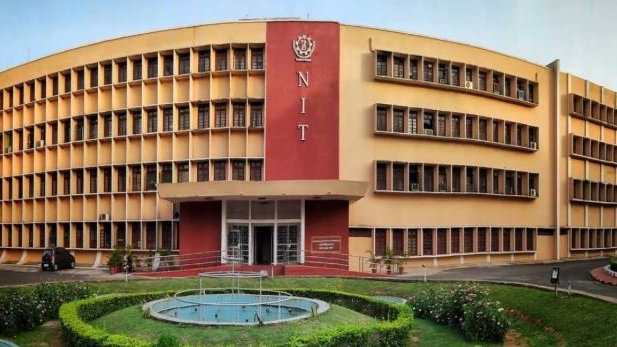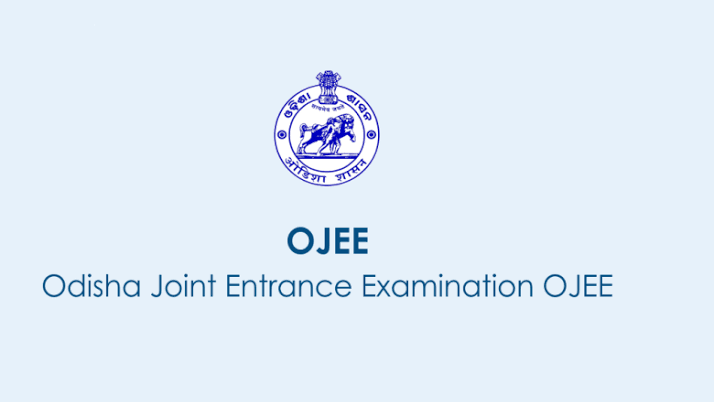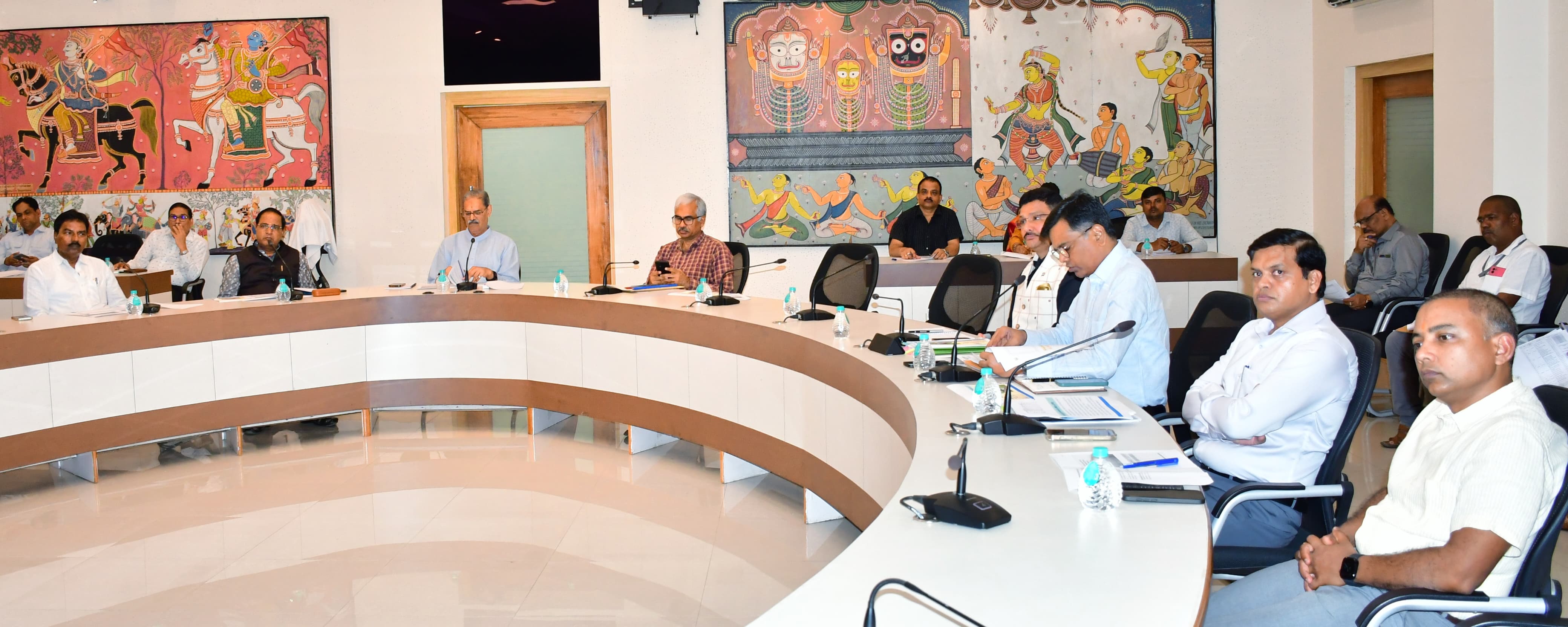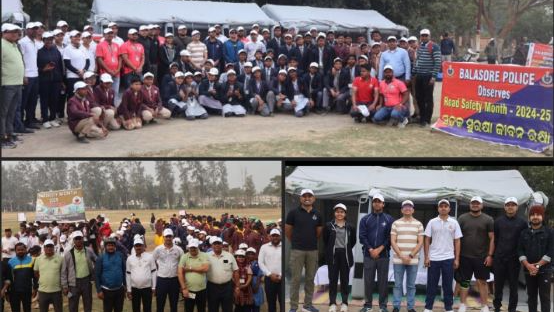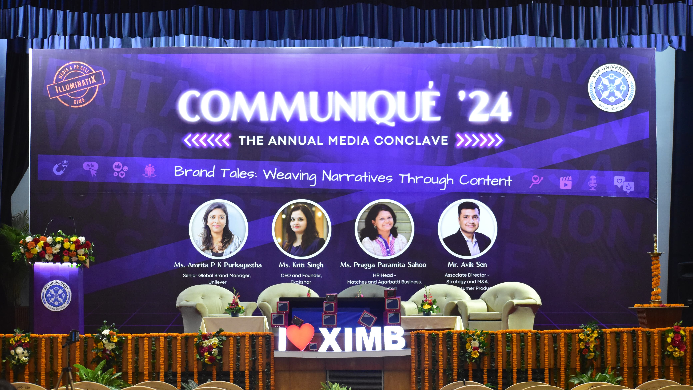Rourkela, Feb 1: Researchers at NIT-Rourkela in Odisha have unveiled a new method for tackling wastewater treatment i.e. the removal of carcinogenic dyes.
Supported by the Anusandhan National Research Foundation, their breakthrough combines nano-composite-based ceramic membranes with microbubble technology to offer a highly efficient solution for industries grappling with contaminated water.
Industries such as textiles often release wastewater laced with harmful dyes like Bismarck Brown R, which are notoriously difficult to filter using conventional methods. However, the new hybrid system developed by the team has the potential to change that.
By integrating a ceramic membrane coated with Zeolite and Zinc Oxide nanocomposites—serving as a photocatalyst—along with microbubbles, the technology significantly improves mass transfer, allowing for faster and more effective dye removal.
In tests conducted using real industrial wastewater, the system achieved impressive results of 95.4% decolorization and 94% chemical oxygen demand (COD) removal in just 90 minutes. These figures highlight the system's potential for large-scale application, offering a cost-effective and sustainable approach to wastewater treatment.
The breakthrough has major implications not only for the textile industry but also for other sectors like petrochemicals and pharmaceuticals.
The research, published in the Journal of Environmental Chemical Engineering, marks a significant step forward in creating environmentally friendly solutions to industrial pollution.
This new technology brings us closer to a cleaner, safer future, where industries can manage their environmental impact more responsibly.








